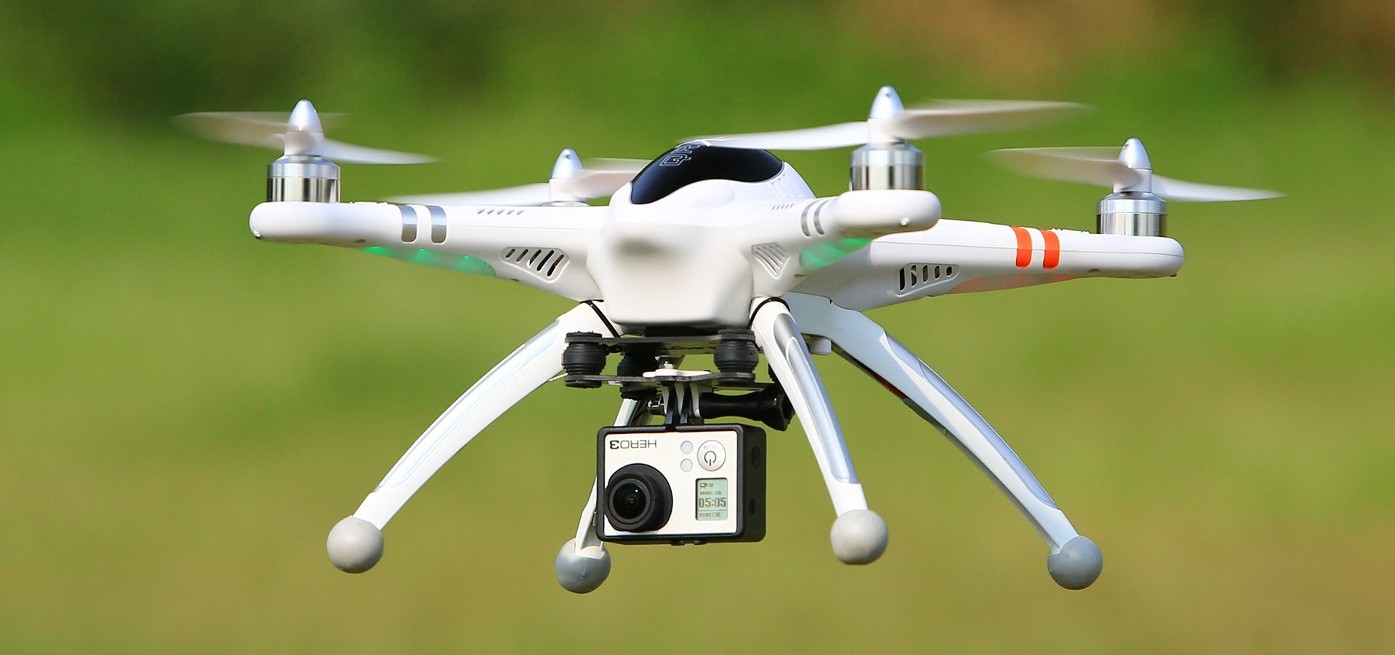
Buying Guide for Portable Signal Jammers
Key Takeaways Consideration Detail Product Weight Jammer Master’s portable jammers average 1.5Kg, significantly lighter than desktop models. Frequency Bands Capable of blocking multiple bands with
Free Worldwide Shipping & 1-Year Warranty!

In today’s technologically advanced world, the use of electronic devices has become a major concern in exam settings. To combat cheating and maintain fairness, many schools and exam centers have turned to backpack frequency jammers. These portable devices are designed to disrupt wireless signals, preventing the use of communication devices such as mobile phones and walkie-talkies. This article explores the application and functionality of backpack frequency jammers in exam settings, highlighting their importance in maintaining order and fairness.
In large and medium-sized exams, it is common to find protective measures in place to prevent cheating. One such measure is the use of backpack frequency jammers. These devices are particularly suitable for emergency situations, temporary control, and transitional periods. By effectively blocking communication devices, they ensure that students cannot use mobile phones or walkie-talkies to cheat during exams. This not only maintains the integrity of the exam but also guarantees fairness among all candidates.
To understand how backpack frequency jammers work, it is important to grasp the basic principles of wireless communication. Mobile phones operate within a specific frequency range to exchange information with base stations, enabling normal usage. Backpack frequency jammers exploit this communication principle by scanning from the lower end to the higher end of the forward channel at a certain speed. By emitting signals that interfere with the communication process between mobile phones and base stations, these jammers prevent the establishment of connections. As a result, mobile phones display a lack of service or other similar disruptions.
Also known as Signal Jammers, backpack frequency jammers are specialized devices designed to shield or interfere with wireless signals. They target invisible transmission signals that travel through the air, effectively blocking or disrupting specific working frequencies or frequency bands. It is important to note that these jammers do not interfere with wired networks, such as wired internet connections, wired televisions, or wired telephones. The signal transmission in wired networks occurs through cables, making them immune to the interference caused by backpack frequency jammers. Therefore, desktop computers connected to wired networks cannot be shielded by these devices.
In conclusion, backpack frequency jammers play a crucial role in maintaining order and fairness in exam halls. By effectively blocking wireless signals, these portable devices prevent the use of communication devices during exams, ensuring that students cannot cheat using mobile phones or walkie-talkies. While they do not interfere with wired networks, their ability to disrupt wireless signals makes them an essential tool in exam settings. As technology continues to advance, the use of backpack frequency jammers will remain vital in upholding the integrity of exams and guaranteeing fairness among all candidates.
Our frequency checker tool will help you check all frequency bands used in all country.

Key Takeaways Consideration Detail Product Weight Jammer Master’s portable jammers average 1.5Kg, significantly lighter than desktop models. Frequency Bands Capable of blocking multiple bands with

In an age where the sky is dotted with drones, the importance of drone jammers has never been more significant. From commercial deliveries to personal

Protect your vehicle’s location privacy with a professional guide on GPS jammers. From selection to legal considerations and installation tips, we’ve got you covered. Key

Understanding Signal Blocker: How It Works and Its Applications Signal Blockers are devices that can disrupt mobile phone signals, preventing them from connecting to base

The Application and Benefits of High-Power Signal Jammers Enhancing Signal Blocking Efficiency in Various Environments In today’s technologically advanced world, the need for effective signal

Considerations for Purchasing Exam Room Signal Jammers Ensuring Effective Signal Jamming for Exam Integrity As the year approaches its end, many schools are preparing for

The Importance of Monitoring and Signal Interference Measures During Examinations During examination periods, it is crucial to closely monitor the examination venues and their surrounding

Selecting the Appropriate Cell Phone Jammer for Theaters and Auditoriums Overcoming Challenges in Installation and Maximizing Signal Disruption The Importance of Cell Phone Jamming in

Remote Control of Cell Phone Jammers via Smartphone: A Possibility? With the rapid development of the Internet of Things (IoT), numerous smart home devices have